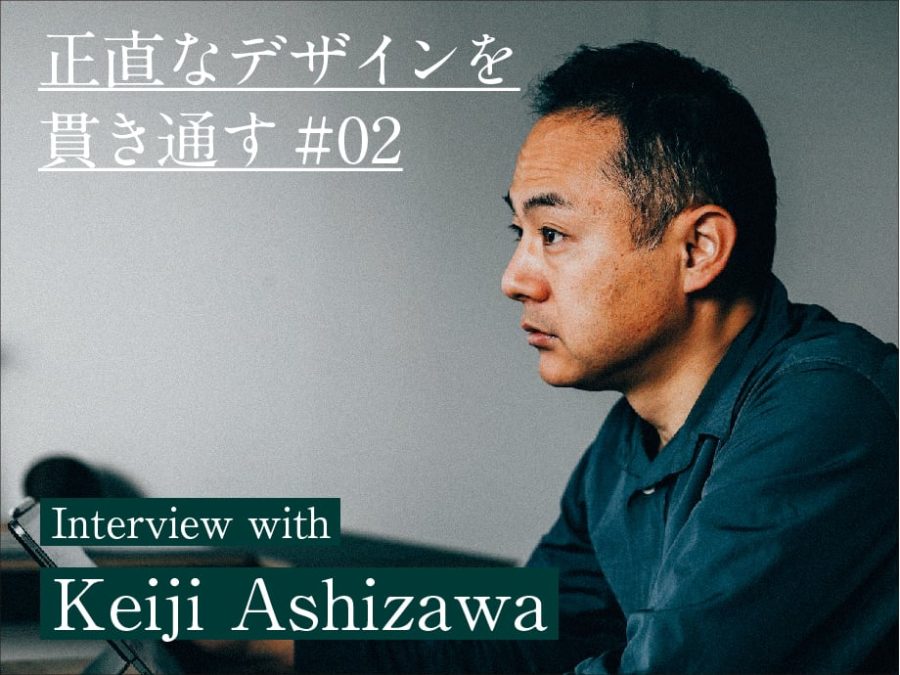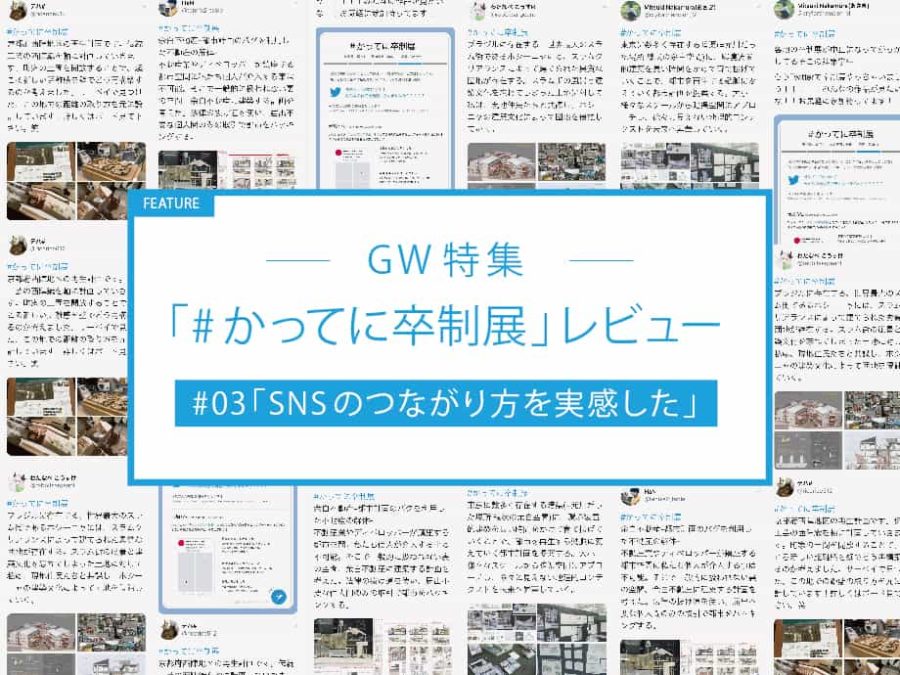Interview with Jo Nagasaka
#01 踏み込んで核心に触れる
#02 突然の仕事も乗ってみる
#03 デザイン言語でコンセプトを共有
#04 働き方とセットで設計料も考える
#05 ゼロから考えて予想しない未来に
(本ページは #04 働き方とセットで設計料も考える の続きです)
Interview with Jo Nagasaka
#01 Stepping in and getting to the heart of the matter
#02 Try to ride a sudden job
#03 Sharing Concepts in Design Language
#04 Consider the design fee as a set of working methods
#05 Thinking from scratch and into the unpredictable future
(Continued from #04 Consider the design fee as a set of working methods)
「無人島」というプロジェクト
── 長坂さん自身は、普段どのように仕事をされていますか?
長坂 自分は、出張以外は、基本的には事務所にいます。
あとは、管理ツールがメールになっているので、何をやっていてどうなっているのかを、メールで確認しながら進めていて。もう24時間、身を捧げている感じで、なんとか回っています(笑)。
なんとか変えたいと思っているんですけど、やっぱりなかなか難しいですね。
── 忙しい中でも、ハマっていることはありますか?
長坂 趣味に割ける時間も今は持てていないですけど、水に触れることは好きですね。
1年のうち半分くらいは泳げる、と自分の中では思っていて。どこに行っても水を見ると川や海に入っています。
「水に関わる仕事をしたい」と言っていたら、銭湯の話が来て。今度は海に囲まれた島の話もあるんです。
〈PACO〉という「スモールセカンドハウス」を考えたとき、動かせると思ってつくったのですけど、「インフラが全部つながると、ぜんぜん身動きが取れないな」と思ったんです。
そのときに、こうしたことはデザインとは切り離して考えられるといいな、と思いました。
それ以来、「何をやりたいですか」と聞かれたら「無人島を計画してみたいです」って言うようにしたんです。
そしたら本当に、尾道のある人が声を拾ってくれまして。まずは今、ご自宅の改修をしているのですが、その人は島を持っているんですね。
そこで計画をしたいなと、勝手に思ってます(笑)。
"Uninhabited island" project
── How do you usually work?
Nagasaka: I am basically at the office except for business trips. Since the management tool is an email, I am checking the email to see what is going on, and proceed. I’ve been devoting myself to it for another 24 hours, and I’ve managed to go around (laughs).
I’d like to change it, but it’s still difficult.
── What are you getting into, even though you’re busy?
Nagasaka: I don’t have the time to spend my hobby now, but I like touching the water.
I think that I can swim for about half of the year. Wherever I go, I see water, I’m in the river or the ocean.
When I said, “I want to do a job related to water”, the story about a public bath came. Next time there is a story of an island surrounded by the sea.
When I thought of a “small second house” called <PACO>, I made it because I thought it would work, but I thought, “I can’t move at all if all the infrastructure is connected.”
At that time, I thought it would be nice to think of these things separately from design.
Since then, when I was asked, “What do you want to do?” I said, “I would like to plan an uninhabited island.”
Then, the person with Onomichi picked up my voice. First of all, I am currently repairing his home, but that person has an island.
I want to make a plan there, I think, on my own (laughs).
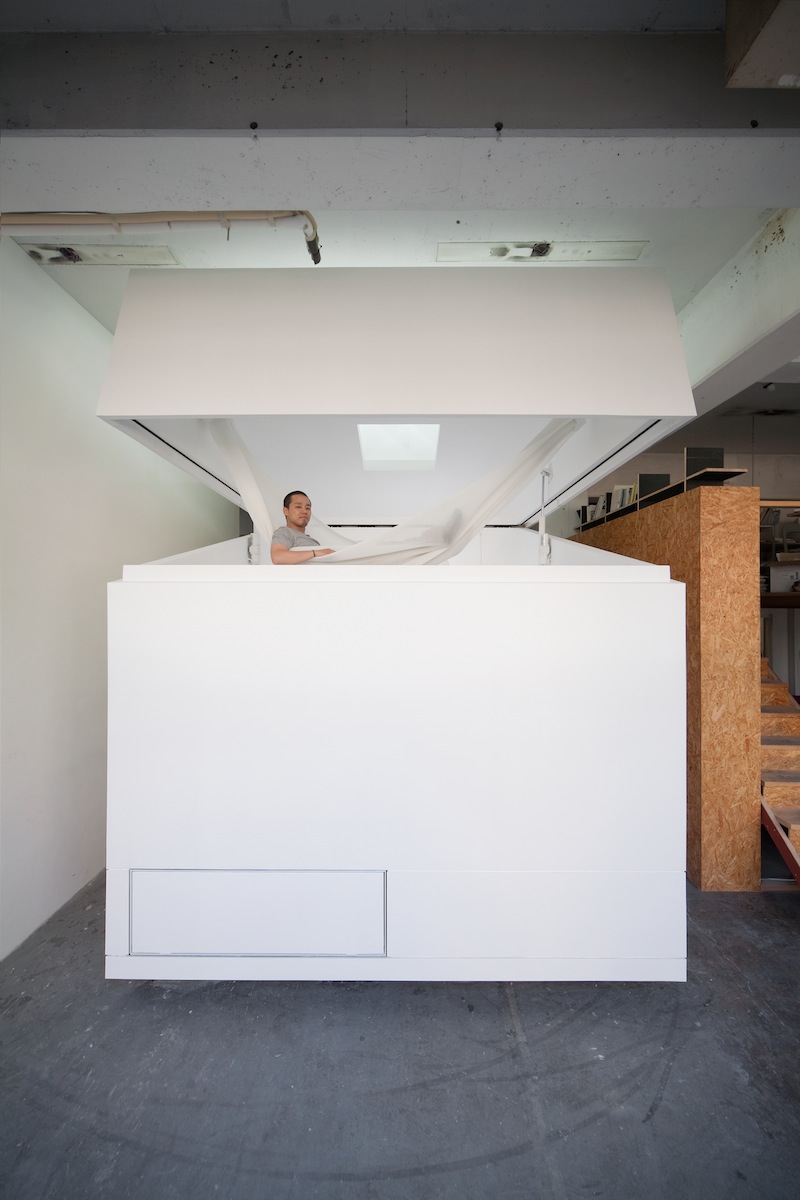
本当のゼロから考えてみる
── 無人島で、何を計画するのでしょうか?
長坂 無人島では、電気もガソリンも何もないところで、人が何らかの目的を持っているために、何が必要かみたいなことを考える。
ゼロから考えられるって、面白いなぁって思ってて。
無人島でインフラを自分たちで引くことは、たぶんしないと思うんです。
自分たちでつくるか、何もいらないでいいことを選択するか。そうすると、僕が持っていない知識が必要になることは、明確に分かっていて。
船のことも分からなければ、海のことも分からないし、エネルギーなんてまったく分からないから、僕の知らない人と出会うことができると思って。
その人たちと何か考える機会をもらうと、デザインも必然的にその人たちに引っ張られて、考えていないことを考えざるを得なくなる。
なので、宇宙でもいいんです(笑)。要は、条件が通常とはちょっと異なるものをやってみたいということで。
Thinking from real scratch
── What are you planning to do on this uninhabited island?
Nagasaka: On a deserted island, where there is no electricity or gasoline or anything else, I would think about what is necessary for people to have a purpose.
I thought it would be interesting to think about it from scratch.
I don’t think we will ever build infrastructure on a deserted island by ourselves.
We could build it ourselves, or we could choose to do it without needing anything. I knew that doing so would require knowledge that I didn’t have.
I don’t know anything about ships, I don’t know anything about the ocean, I don’t know anything about energy at all, so I figured I’d meet people I didn’t know.
When you have the opportunity to think about something with those people, your designs are inevitably pulled by them, and you are forced to think about things you don’t think about.
So it can be in space (laughs). In short, I wanted to try something slightly different from the usual conditions.
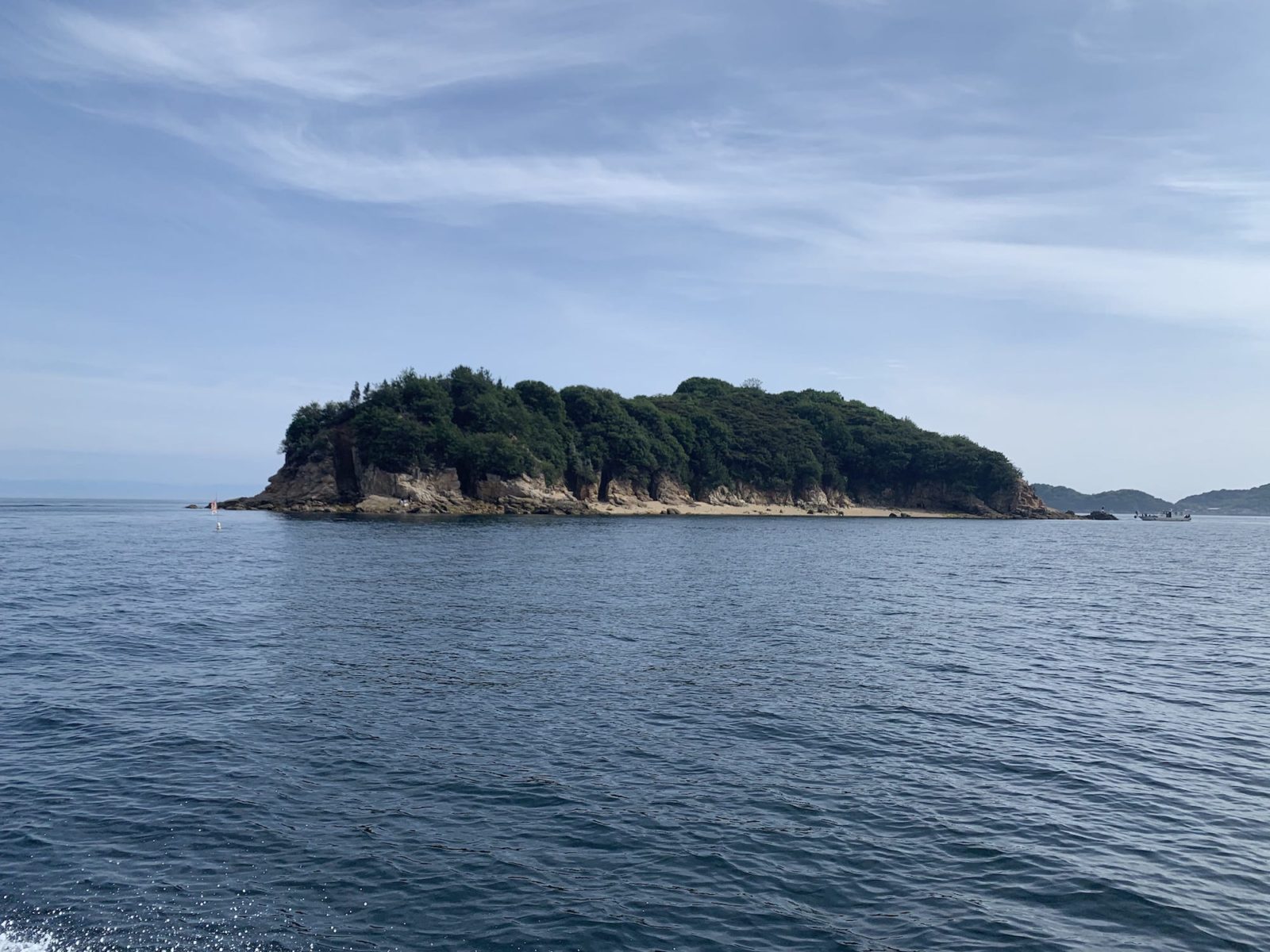
予想もつかない地点にたどり着く
長坂 あとは、先ほども言った「見えない開発」に興味があります。
済州島のD&DEPARTMENTのように道を挟んだビルを改修していくときに、「関係性」をどうデザインするかは面白いと思っていて。
これからのアジアでは、けっこう増えるんじゃないですかね、見えない開発。これまでの開発に、みんな飽きてきていますから。
ただかたちだけをデザインするというよりも、人の動きから、そこで行われること全部を考えないとできないので、それが面白いですね。
かたちというよりは、その状況に対して意識的というんでしょうかね。自立したマッチョな建築は、つくる気がまったくありませんし。
「美術館をつくりたい」とか、「ホールをつくりたい」ということも思っていなくて。
頭の中に、将来の成功像がないんですよね。考えるとゴールしてしまうような気がして。
どちらかというと状況に合わせながら、何か空気のようなものができてきたらいいなとつくっています。簡単なようで、難しいですけれど。
日々面白い出会いがあって、ぜんぜん予想もしてなかった状況に10年後になっていると面白いなと思っています。カレー屋さんをやっていたりね。
予想もつかないところにいざなわれてたら嬉しいな、と楽しみにしています。
【 】
(2020.03.16 TECTURE MAG)
I want to reach an unpredictable point
Nagasaka: I’m also interested in the “invisible development” that I mentioned earlier.
I think it’s interesting to think about how to design the relationship between buildings across the street, such as the D&DEPARTMENT on Jeju Island, when they are being renovated.
I think there will be more and more invisible development in Asia in the future. People are getting bored with the development of the past.
Rather than just designing a form, you have to think about everything from the movement of people to what is going on there, and that is what makes it interesting.
It’s not so much a formality as it is a consciousness of the situation. I have no intention of creating a freestanding, macho architecture.
I don’t have any desire to build a museum or a hall.
I don’t have an image of future success in my head. When I think about it, I feel like I’ve reached my goal.
If anything, I’m trying to create a kind of atmosphere that suits the situation. It sounds easy, but it’s complicated.
It would be interesting to have exciting encounters every day and to be in a situation ten years from now that I never expected. For example, I could be running a curry shop.
I look forward to the unexpected, and I’ll be happy to be involved in unexpected places. 【 】
(2020.03.16 TECTURE MAG)


Study Series
長坂 常「いちいちゼロから思考のススメ」
Interview with Jo Nagasaka
#01 踏み込んで核心に触れる
#02 突然の仕事も乗ってみる
#03 デザイン言語でコンセプトを共有
#04 働き方とセットで設計料も考える
#05 ゼロから考えて予想しない未来に
Study Series
Interview with Jo Nagasaka
“Recommendations for thinking from scratch every single time”
#01 Stepping in and getting to the heart of the matter
#02 Try to ride a sudden job
#03 Sharing Concepts in Design Language
#04 Consider the design fee as a set of working methods
#05 Thinking from scratch and into the unpredictable future

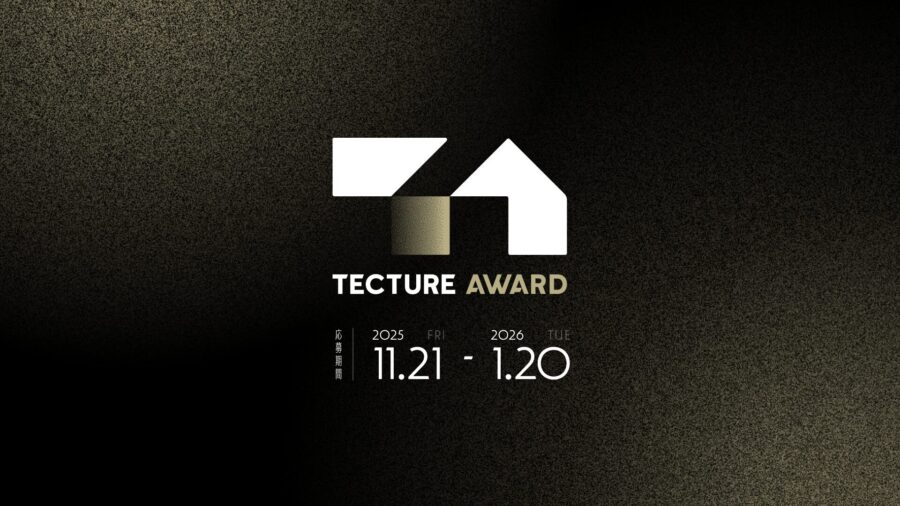



![[Report, Interview]「AIR RACE X 2025」豊田啓介氏](https://magazine-asset.tecture.jp/wpcms/wp-content/uploads/2025/09/17102129/AR-GGO1-900x517.jpg)
